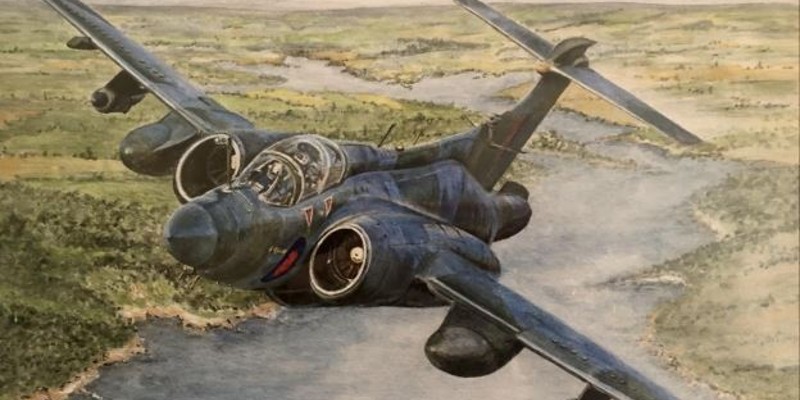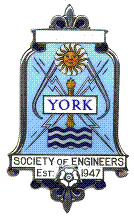
Flight not fancy Tim Clarke
Event details
York Society of Engineers event
“I have had an association with aviation for over 45 years and, in that time, have been very fortunate to rub shoulders with some amazing aviators and aviation engineers. I have taught things-aeroplane all the way from undergraduate to PhD levels and consulted for big-name aerospace companies worldwide.
My talk will give you a snapshot of what I have discovered on my professional journey. I plan to bust a few myths and debunk some misconceptions. Illustrated using images, videos and a trusty, 30 year old Airfix model, I will explain how and why fixed and rotary wing aircraft are able to fly, what gives them some specific performance characteristic and why they are the shapes they are. I will also present you with a glimpse into the future of aviation.
My aim is to educate and to entertain”.
About the speaker
Tim Clarke is a retired academic from the University of York. He joined the RAF in 1977 as an air traffic controller. He subsequently transferred to the Education branch where he initially taught a variety of electronic engineering subjects at the No. 1 Radio School, RAF Locking. Following a Masters degree from the Royal Military College, Shrivenham, he moved to the RAF College, Cranwell where he became the Electronic Warfare and Guidance Specialist for the RAF. He then moved into civvy street as a consultant engineer, employed by British Aerospace, to support specialists in the Ministry of Defence.
He moved to the University of York in 1988 and set up a 4-year Master of Engineering programme in Avionics. Many Avionics graduates are now in senior engineering roles in the industry. A few have accepted the baton and are training the aviation engineers of the future. Some are civil or military aviators.
“We had lots of fun together”.
Partners
